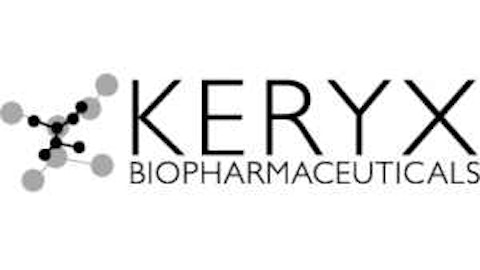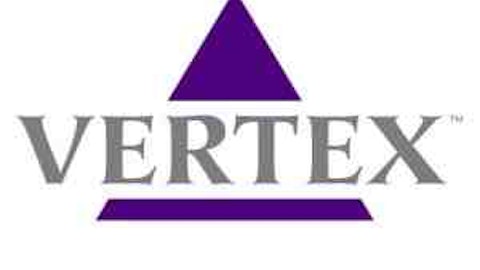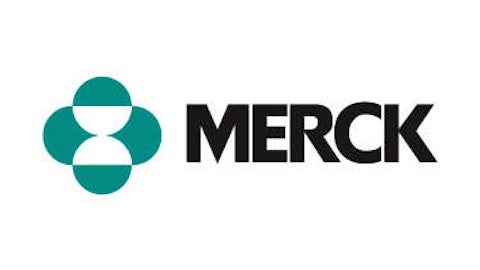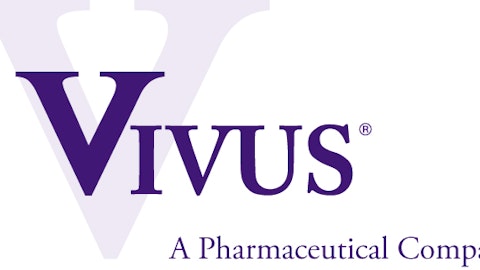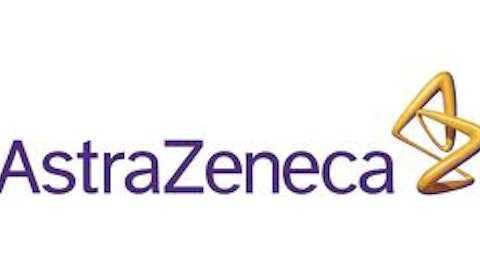When asked about his “final thoughts” about potential outcomes of the Allovectin study before entering the quiet period, Samant acknowledged that the vaccine needed to not only meet the primary endpoint of overall response rate but also improve survival rate — a secondary endpoint. However, he wouldn’t speculate as to by how much Allovectin needs to improve survival. As Samant said, after the results are announced “let the data speak for itself.”
Looking ahead
Anything can happen with clinical studies. Allovectin’s results could prove to be very disappointing. I suspect, though, that the overall response rate will be higher than the 11.8% seen in phase 2 because of a lower dropout rate. The big question mark relates to survival rate.
If Allovectin ultimately gains regulatory approval, the vaccine appears to be headed for tremendous success. Bristol Myers Squibb Co. (NYSE:BMY)‘s melanoma drug Yervoy generated more than $700 million in sales during 2012 — its first full year on the market. Sales during the most recent quarter jumped 44% year-over-year.
Yervoy, though, has significant side effects and must be administered via intravenous infusion. Allovectin appears to have a better safety profile. Vical’s vaccine also can be given through a conventional needle and syringe in a physician’s office.
Amgen, Inc. (NASDAQ:AMGN) stands alongside Vical in having one of the most-anticipated products for melanoma. The company reported positive response rate results from its phase 3 study of talimogene laherparepvec in March. Overall survival data won’t be available until late this year.
Even with big winners like Yervoy already on the market and decent prospects for Amgen, Inc. (NASDAQ:AMGN) to gain approval for talimogene laherparepvec, some analysts still think Vical could rack up peak annual sales in the range of $2 billion for Allovectin. If they’re even close to accurate, Vical’s market cap will become much larger than the current $380 million or so.
Everything hinges, though, on those results coming in just a few weeks. If you’re not adverse to taking risk, you could make huge gains in a short amount of time. Of course, you could also lose plenty if the results disappoint.
My view is to wait and see. If Allovectin’s response and survival rates are impressive, Vical Incorporated (NASDAQ:VICL)’s stock should keep going up for a while even after an immediate surge.
The article 3 Things You Need to Know From Vical’s Q2 Results originally appeared on Fool.com and is written by Keith Speights.
Fool contributor Keith Speights has no position in any stocks mentioned. The Motley Fool has no position in any of the stocks mentioned.
Copyright © 1995 – 2013 The Motley Fool, LLC. All rights reserved. The Motley Fool has a disclosure policy.
